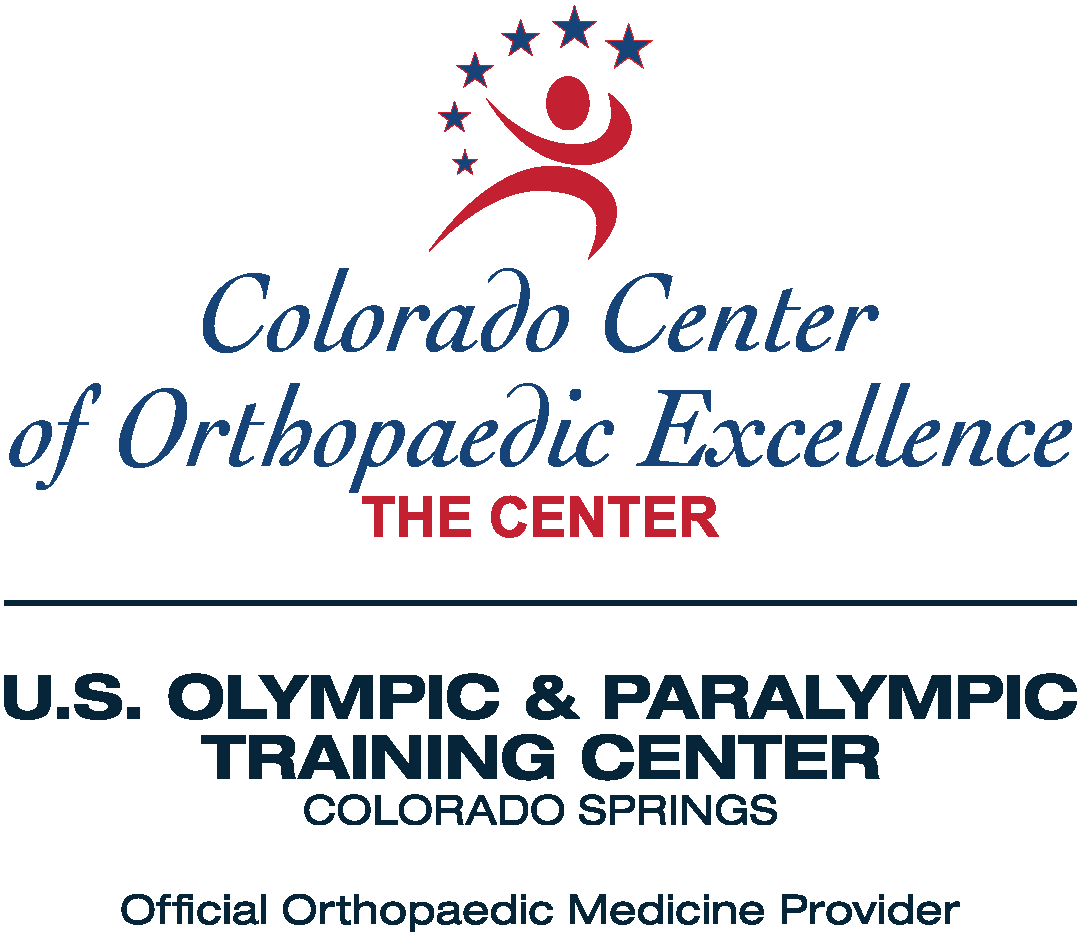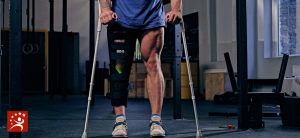Hip arthroscopy is a minimally invasive procedure that makes examination and repair of the hip joints interior possible. Its targeted approach minimizes the trauma to the surrounding soft tissue, which reduces post-procedure pain and enables a relatively quick recovery.
The hip joint is an incredibly complex yet efficient ball-and-socket joint that relies on the labrum and cartilage to create smooth bone movement of the femur and the pelvis bone while a band of ligaments provides joint stability.
After decades of the successful use of arthroscopy in knees and ankles, hip arthroscopy has become a core tool to relieve hip pain and enhance joint mobility. Also known as a hip scope, it can treat a variety of hip issues from injury, disease or joint degeneration including hip impingements, inflamed tissue, cartilage damage, diseased tissue, bone overgrowth (spurs), loose fragments within the joint. Hip arthroscopy can also delay the advancements of arthritis or more severe hip repairs such as total hip replacement surgery.
Is Hip Arthroscopy Right for Me?
Patients with hip pain that have not found lasting relief from conservative hip pain treatments (e.g. rest, physical therapy, medications, and injections) are often good candidates for a hip arthroscopy assessment to evaluate the root cause of pain. An orthopedic specialist evaluates each patient’s specific circumstances to make a personal recommendation.
Hip Assessment
During a physical examination, your surgeon will assess range of motion, symptoms, and level of discomfort, and consider factors such as age, weight, activity level and overall health. Imaging (X-rays, CT scans and/or MRIs) are typically used to determine the extent of any hip damage. A physician r surgeon may also evaluate any damage to your bones, loss of cartilage that covers the head of the hip ball, and the condition of ligaments that hold the bones together to identify wear and tear or joint disease. Once the full diagnosis has been made, a surgeon can discuss your medical overview to confirm that you are a good candidate for arthroscopy.
What Should I Expect During Hip Arthroscopy?
For patients with good overall health, hip arthroscopy is generally an outpatient procedure. While individual circumstances and the extent of needed repairs dictates the length of procedure, most arthroscopies are completed within 90 minutes. The less intrusive approach of arthroscopy yields faster recovery, less pain, and lower risks.
Local or general anesthesia may be used during hip arthroscopy. The leg in placed in traction to pull the hip away from the socket and allow access for camera diagnosis and repair. A needle is inserted into the joint to allow the injection of a sterile, water-based solution that provides fluid pressure to help hold open the joint. With that access, a small incision allows for a guide wire to pass through the needle to support the procedure.
Through a tiny incision (called a port), an orthopedic surgeon inserts a tiny camera called an arthroscope into the hip joint to examine the inside of the joint and guide the repair. While the scope assesses damage and identifies needed repair, micro-instruments are inserted through separate incision to perform the necessary repairs.
Recovery
Most hip arthroscopy patients return home the same day of the procedure, following a monitoring period. Patients should plan to have someone available to transport them home and provide home care for first 24 hours. Although hip arthroscopy is a minimally invasive procedure, patients still feel some pain. Pain medications are used for short-term pain management to support recovery. Generally, hip arthroscopy patients begin to experience relief quickly after surgery.
Depending on the extent of hip repair, a walking aid and/or brace may be needed for a few days or up to a few months until weight bearing activity is approved.
Rehab
Physical therapy plays a key role in recovery. Your surgeon will prescribe a regimen of stretches and exercises that help restore strength, range of motion and mobility that will last for a few weeks to a few months.
The resumption of limited activity frequently begins within a few weeks and many hip arthroscopy patients resume full, unrestricted activity within three to six months; however, severe hip damage may require lifestyle modifications to lower the stress or strain on repaired joints.
The primary factors in the quality of outcome are the extent of damage and adherence to individual rehabilitation plans.
Dr. Doner and the hip care team at CCOE can answer all of your questions about hip pain to identify if hip arthroscopy is right for you.








